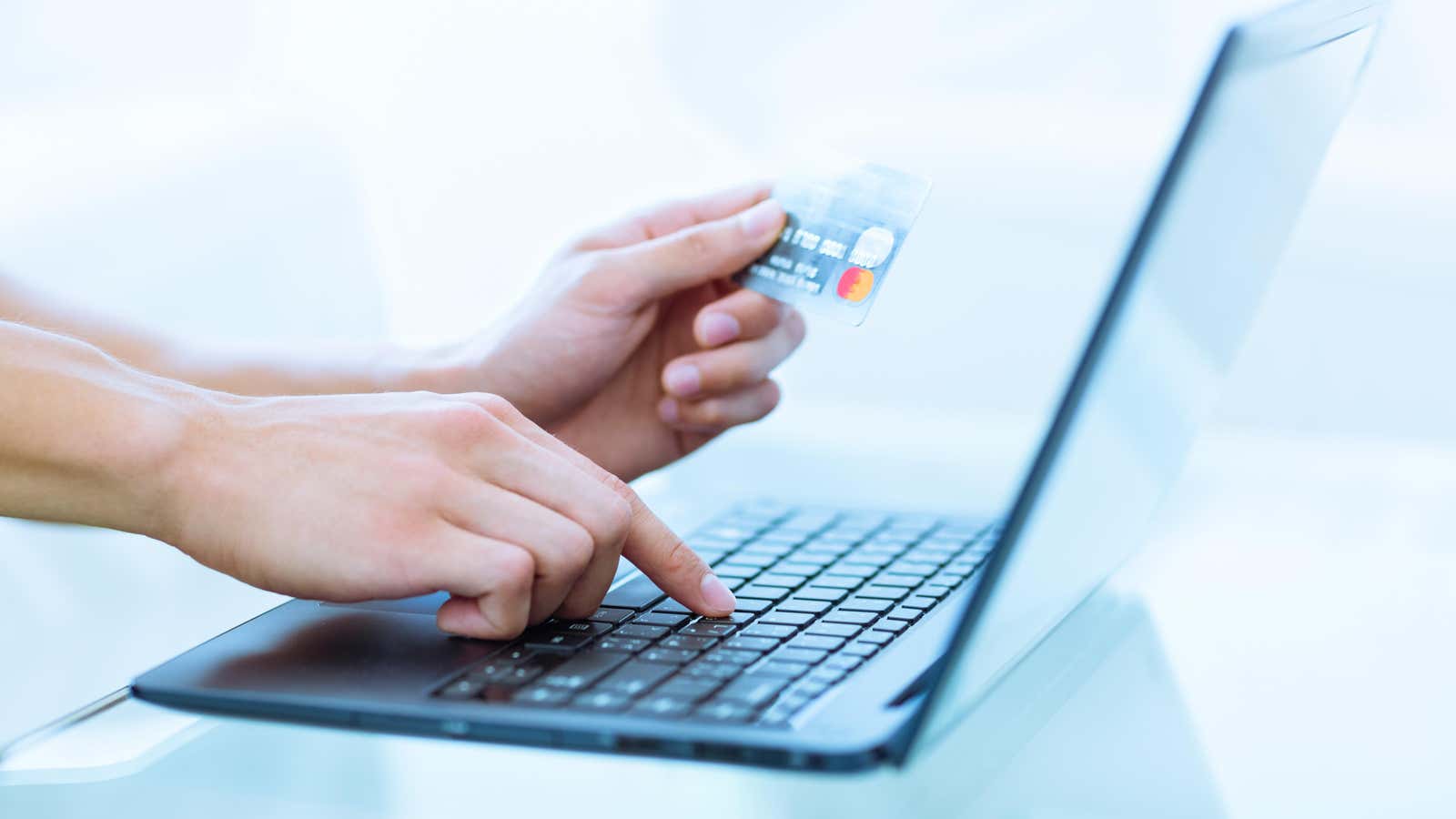You Do Not Have to Use Your New Credit Card Until You Do So

Trying a new credit card is like driving a new car for the first time: just like adjusting the seat and mirrors, finding the emergency brake, or fiddling with the air conditioning controls, you’ll want to fix it – before you start spending, tweak your new cards. Here is a checklist of what you should do when you get a new credit card.
Activate your card
Seems obvious, doesn’t it? Well, not for everyone: I made the mistake of tearing open the envelope for a new card, ran to buy something, and my card bounced right on the counter. It used to be more difficult to activate cards by phone with a customer service representative, but now the process is automated and only takes a couple of minutes by phone or online check-in (the URL must be on a sticker or in the letter that came with the credit card).
Destroy your old card after activating the new card
If your new card replaces your old one, you can also cut the old credit card right after activating the new card to avoid identity theft. Make sure you cut open the card, including the magnetic stripe and chip, as thieves can steal information from both sides.
Set up mobile banking
As long as you follow your lender’s instructions on how to download their app, it should be as secure as viewing their site in a browser. The main benefit of mobile apps is convenience (I often pay with my credit card right after purchase so I don’t forget), but also the added security of push notifications that can tell you when your card is being used without your permission. great too. Plus, you are likely to check your account balance more often.
Call Customer Support to confirm the card bonus terms and adjust the billing cycle.
Many cards offer a cashback bonus for spending a certain amount of money over several months. The problem is that the bank’s messages about bonuses are not always clear after you receive the card. When I signed up for the Bank of America Cash Rewards card, there was nothing on the website or app that said, “Hey bonus active, you have so much money to spend and so many days to do it.” Plus, once you reach your goal, monetary rewards are often delayed, which can make you a little paranoid about somehow missing your spending goal.
Therefore, before spending thousands of dollars chasing a bonus, contact a customer service representative to confirm the bonus amount, cost purpose, and the actual start date of the offer (this should be the activation date, but this is not always the case ).
Finally, you can reconcile your billing cycle with a date that suits you best. A trick to help you improve your credit score is to confirm your credit card closing date , which is when your balance is reported to the credit bureau. Knowing this date, you can calculate the time for your payments so that the reporting balance is at the lowest possible amount (for me, this is after the day of payment, in the middle of the month). This way you use as little debt as possible, which is good since the amount of available credit that you don’t use is 30% of your credit rating.
Set up automatic payments
The downside of credit cards is that they come with ridiculous late fees and interest rates, so you’ll want to make consistent and timely payments on whatever outstanding balance you may have (plus, again, it helps with your credit score. Do it in this way).
Since it is easy to forget and miss a payment, set up automatic payments through your checking account either in the bank’s application or on its website. You can even set up these payments to pay the full balance every month – no matter what it may be at the time. The only risk associated with automatic payments is overdraft fees, so you still need to keep track of your checking account balance every month.
Activate your rewards
Refund cards often increase rewards depending on different categories of expenses, for example, 3% cashback for online purchases versus 1% for all other expenses. Since reward cards often have multiple categories that have tiered rewards, you’ll need to log into your card’s app or website and customize those categories to match your spending habits. Your card may also have other perks, such as credit points or short term coupons, that must be redeemed before you can claim them (look for the “rewards” tab in your lender’s app or website).